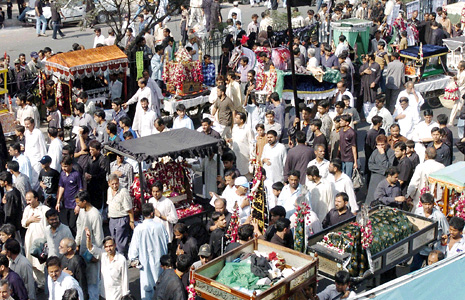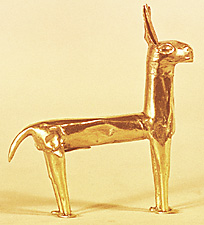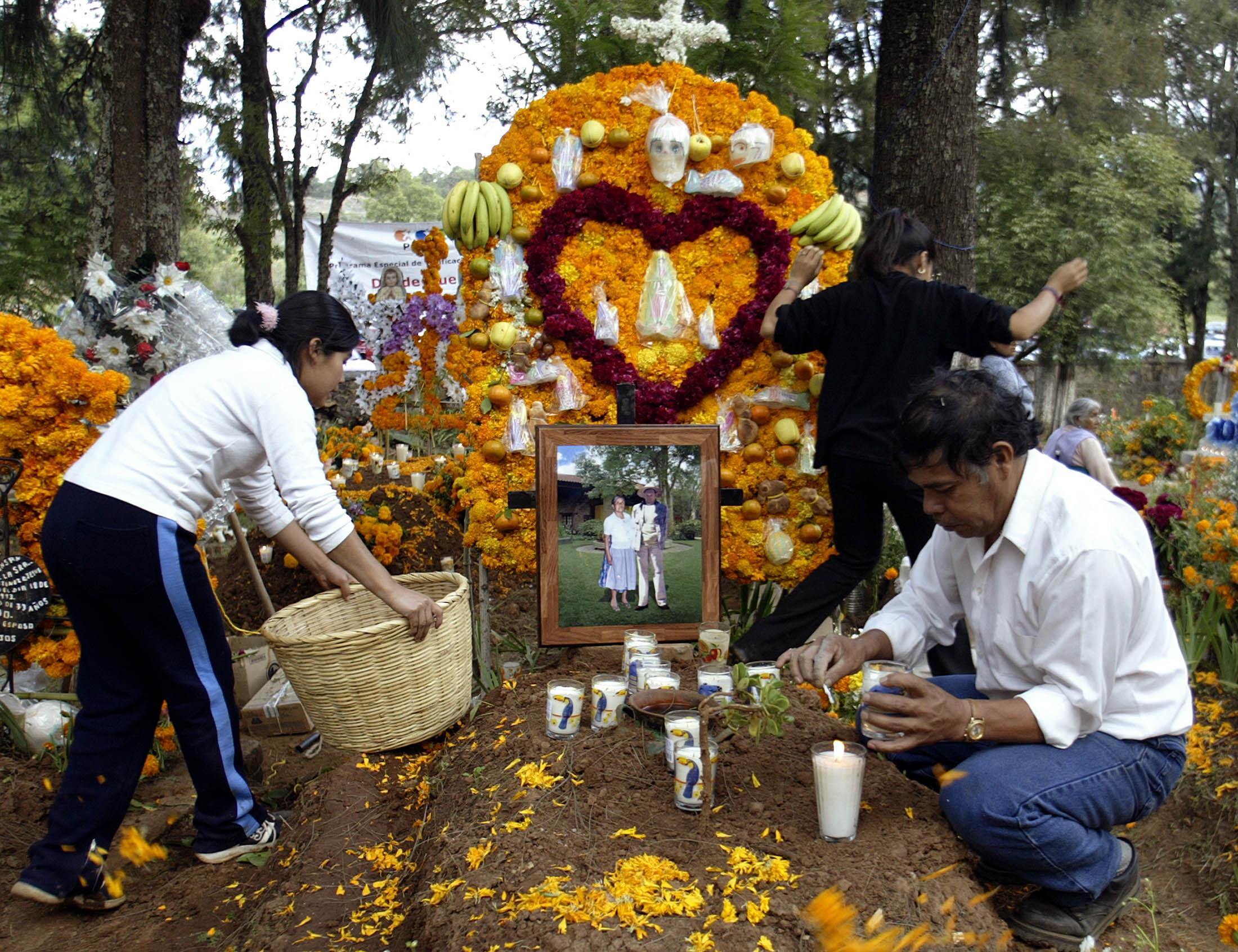Funeral customs are traditions, rituals, rites, and ceremonies that are performed after a person dies. All human societies have such customs, but the practices associated with death vary widely among different cultures. Anthropologists and others who study culture have made efforts to understand the meaning and role of funeral customs in human societies. They observe that funeral customs are deeply rooted in a people’s cultural heritage and beliefs about death. Funeral customs may persist long after the cultural beliefs that underlie the funeral customs have faded.
Scholars believe that some funeral customs are intended to ease the dead person’s transition to an afterlife. Other practices may have been developed to protect the living from ghosts, evil spirits, or bad luck associated with death. Still other funeral customs are designed to ensure blessings or advice that some cultures believe the dead can provide. Many funeral customs help the living express their grief and honor the dead.
Throughout the world, funeral customs in many different cultures share common elements. These include a public announcement of the death; preparation of the body; ceremonies or other services; a burial or other form of disposal; and mourning.

Preparation of the body
varies among peoples. Typically, the corpse is carefully washed, often by a family member. Sometimes, the body is painted or anointed with oils. In some societies, particularly in the United States, an undertaker embalms the corpse. In this process, the undertaker removes the blood and injects a chemical solution to slow decomposition (decay). In many societies, the corpse may be dressed in special garments or wrapped in a cloth called a shroud. The body is then placed in a coffin, also called a casket, or other container.
In many cultures, people keep watch beside the coffin one or more days in a practice called a wake. They may do so in the belief that the wake comforts the spirit of the dead and protects the body from evil spirits. Customs associated with wakes differ among cultures. For example, during a Japanese Buddhist wake, a priest burns incense and reads from a sutra (sacred writing). In the United States, a wake may include a photographic display of the dead person’s life or a video presentation accompanied by music.
The funeral
is a ceremony that may include prayers, hymns, music, and speeches called eulogies that recall and praise the dead person. In the United States, many funeral services are held at a place of business called a funeral home. After the service, a vehicle called a hearse carries the coffin in a procession to the cemetery or crematory. A final brief ceremony is held before the body is buried, placed in a tomb, or cremated. After many funerals, the mourners return home with the dead person’s family and share food.
People may place various objects in the coffin or with the burial. These grave goods may be possessions that had special meaning to the dead person in life. Some cultures believe that the dead require various items in the afterlife and include them in the burial. Later, the survivors often erect a gravestone or other monument to record the dead person’s life and mark the burial site.

Some funeral practices continue long after a person has died. For example, in the African country of Madagascar, people visit the tombs of relatives during the winter. They remove the corpses, wrap them in new shrouds, and hold a party in honor of the dead. They return in the spring to clean the tomb and leave gifts.

Burial
is the most common method of disposal of the dead in Christian, Jewish, and Muslim culture. Cremation is customary in Buddhist and Hindu cultures and is increasingly practiced in the United States and Canada. Traditional Muslims and Orthodox Jews prohibit cremation. Reform Jews and many Protestant religions allow it. The Roman Catholic Church formerly disapproved of the practice. Since 1968, however, the church has allowed Catholics to cremate their dead after holding a funeral with a body and casket.
Some societies dispose of their dead in other ways. For example, the Parsis, a religious group who live mainly in India, take their dead to enclosures called towers of silence. There, birds pick the bones clean. The Parsis believe that earth and fire are sacred and must not be violated by burying or burning a corpse.
The Sioux people of North America traditionally placed their dead on platforms above the ground. Some Aboriginal peoples of Australia buried their dead in the hollows of trees. Human sacrifice was a common element in the burial rituals of rulers or wealthy people in many ancient cultures. Typically, wives and servants were killed and buried with the dead person in order to provide services in the afterlife.
Mourning
is the expression of grief after a death. People in mourning may deny themselves amusement, avoid certain foods, or wear special clothing. Mourners in many Western cultures wear black, while Armenians and Syrians wear light blue, and Hindus and Chinese wear white. Until the 1940’s, Americans and Europeans typically wore black armbands and hung funeral wreaths on their doors while in mourning.
History.
Prehistoric people observed special ceremonies when burying their dead. For example, Neandertal burial sites that date to about 60,000 years ago contain tools, weapons, and evidence that flowers were placed in the grave. The ancient Egyptians and other early peoples placed food, jewels, and other goods in tombs. Such provisions showed the belief that a person continued to exist after death and had the same needs as in life. The Egyptians also developed embalming into an advanced technique called mummification. They believed the spirit would return someday to inhabit the body, which therefore had to be preserved.
Loading the player...How ancient Egyptians made a mummy
Beginning in the 1900’s, as global travel and communication increased, cultures reshaped their traditional funeral customs and created new ones. However, funeral customs remain an important reflection of the cultural heritage and beliefs of a society.
